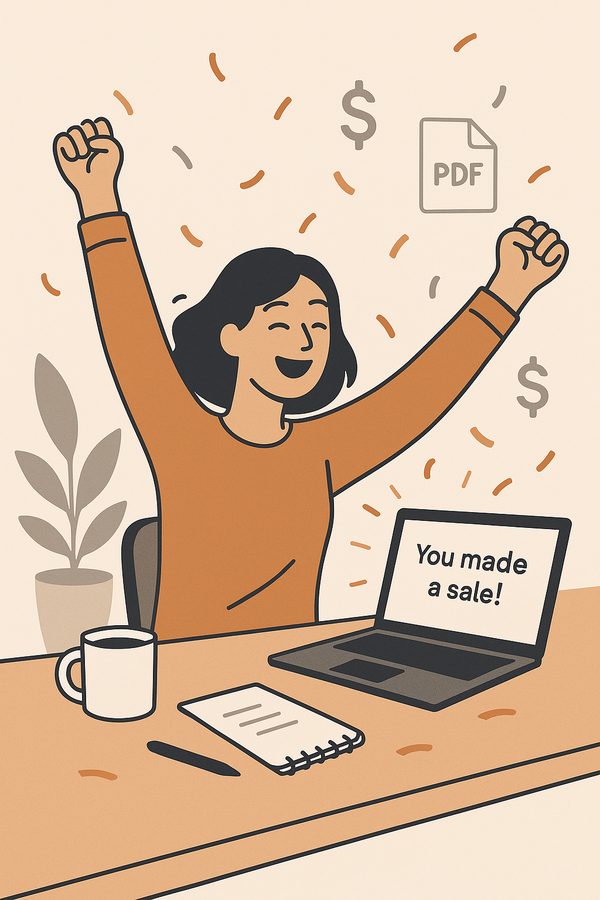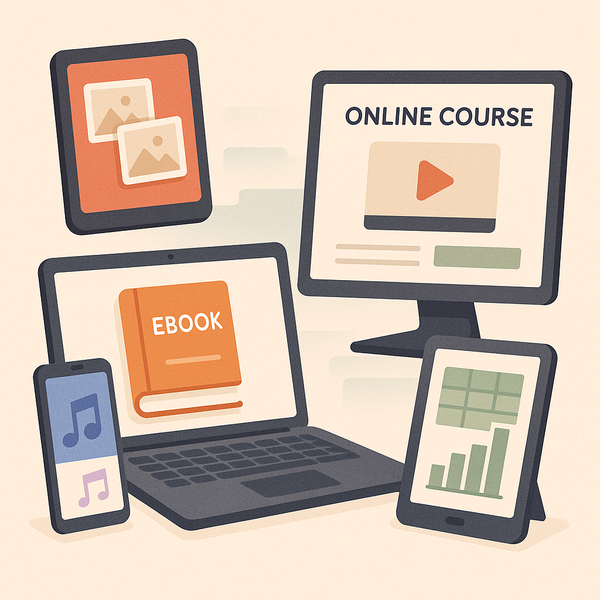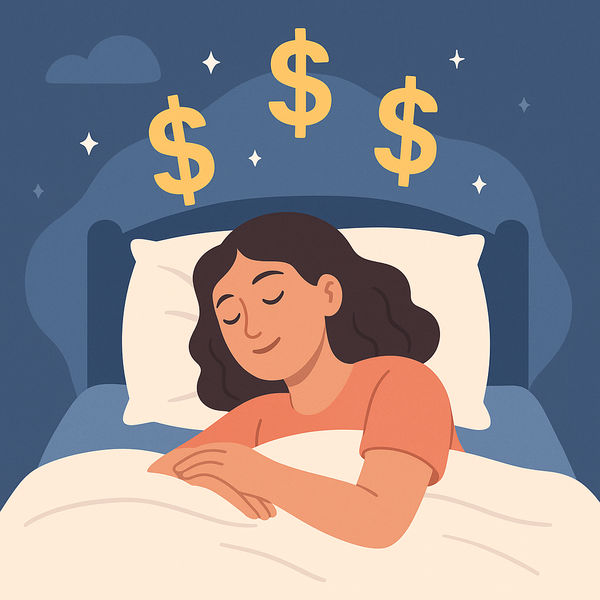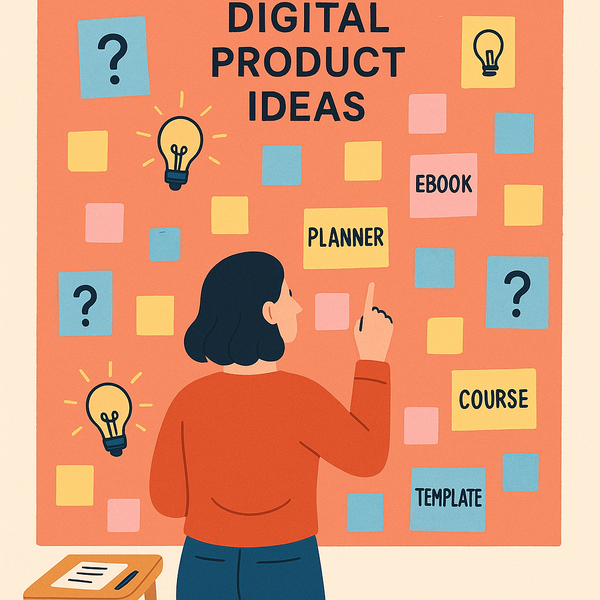Amazon FBA Beginner's Guide
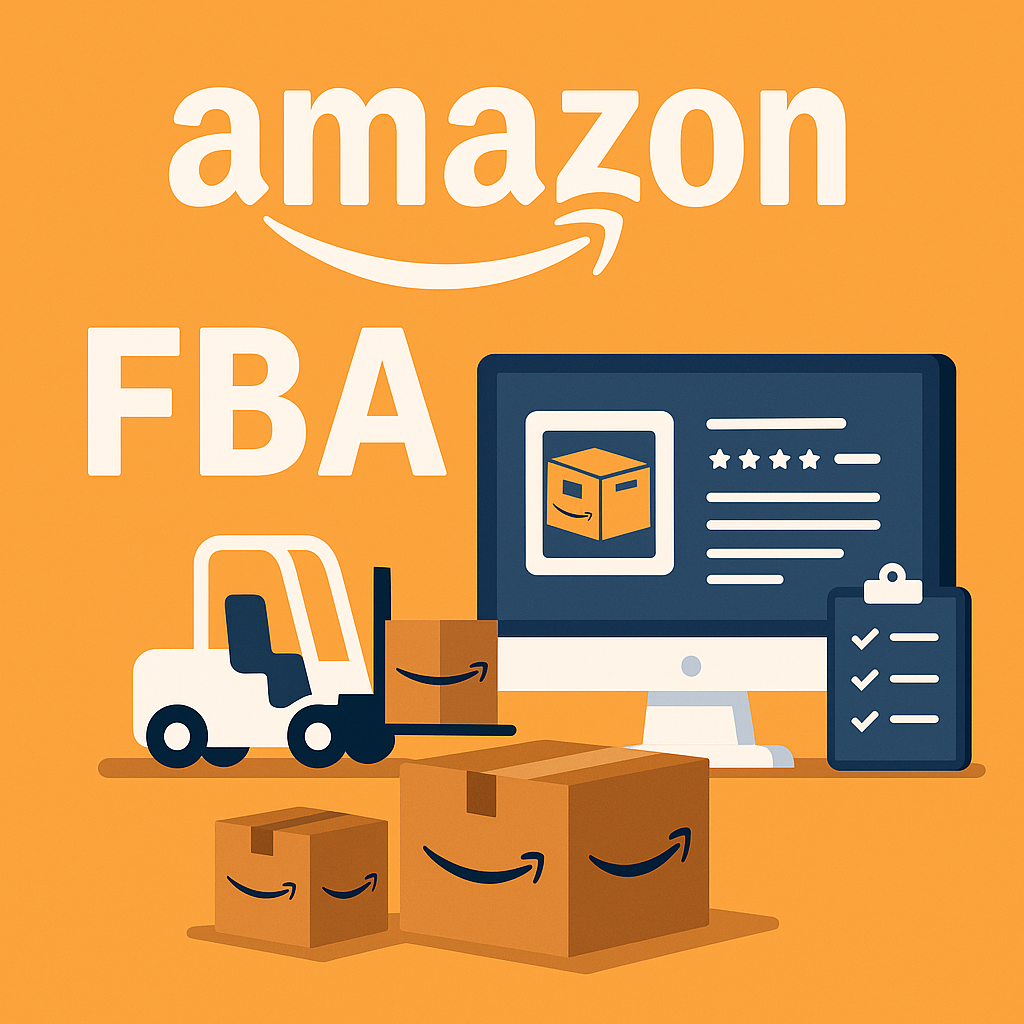
Have you thought about selling products on Amazon? There's a reason why people pay big money for courses on this subject. There's a whole lot of cash to be made!
Just like most other business ventures, you'll need a bit of change to get started. Unlike the others, it won't cost you an arm and a leg. It's much more affordable than you think. Like in the $500-$1000 range.
Here is a short guide to get you started!
STEP 1: Define Your Budget + Risk Tolerance
| Budget Tier | Inventory Size | Strategy |
|---|---|---|
| $500–$1,000 | 50–100 units | Micro test, break even ok |
| $1,000–$3,000 | 100–300 units | Good margin + ad testing |
| $3,000+ | 300+ units | Brand building + scale |
The more money you put in, the greater the potential for reward. However, I would only recommend it if you feel serious enough and have the extra cash to spare. Otherwise, going the leaner route will get you from 0 to 1 just as fine.
STEP 2: Pick a Product Niche
Here is an example framework to follow:
Attribute | Target
Price | $20–$40 (enough margin, not impulse buy)
Size/Weight | Small + lightweight (lower FBA fees)
Competition | <500 reviews on page 1 (weak listings = opportunity)
Seasonality | Evergreen preferred
Simplicity | No electronics, glass, or moving parts
Example Micro-Niches (low competition in 2025):
- Aromatherapy travel kits
- Journaling accessories (e.g., wax seals, handmade envelopes)
- Indoor gardening tools for kids
- Crystal display stands
- Pet reptile enrichment items
When it comes to product selection, just find things that fit you criteria and run with it. Don't get too stuck on finding a certain product.
STEP 3: Validate Demand (Free Method)
Use:
- Amazon search bar: Type in product ideas and note auto-suggestions
- Google Trends: Check seasonal demand
- Amazon best sellers: Go deep into subcategories, not top-level
- Helium 10 Chrome extension (free): Basic sales volume estimates
Goal: Find a niche where listings are ugly, under-optimized, or have gaps in reviews (e.g., "bad smell", "no instructions").
Validation is very important. Don't skip on this.
STEP 4: Source Your Product
Start with Alibaba or USA suppliers.
What to do:
- Find 2–3 suppliers
- Ask for sample pricing, shipping quote to Amazon warehouse (use DDP terms)
- Order 1–2 samples for inspection
- Negotiate MOQs or Minimum Order Quantity --> the smallest number of units a supplier is willing to sell in a single order — many will lower to 100 units or less if you’re polite and clear
Make sure that the samples you get reflect the quality of the product you will receive in future orders.
STEP 5: Create Your Amazon Listing
While you wait for samples:
- Open a Professional Seller Account ($39.99/mo)
- Create your product listing in advance so you can generate FNSKU barcodes
- Add a placeholder photo
- Write:
- Title (keyword + benefit)
- 5 Bullet Points (emotions + use cases)
- Product Description (storytelling + keywords)
- Backend Keywords (search terms that don’t show publicly)
When product arrives and you decide on it, take you product photos:
- High resolution (at least 1600px)
- Clear, flattering angle on white background
- Show the product in use
- Explain key features visually (bullet points, arrows, icons)
- Help customers visualize the real size of the product
- Highlight craftsmanship, texture, materials, or special components
- Before/After or Results Image if applicable
| Image # | Type | Goal |
|---|---|---|
| 1 | Main Image | Click magnet |
| 2 | Lifestyle Image | Emotional connection |
| 3 | Infographic | Feature explanation |
| 4 | Detail Shot | Show quality / material |
| 5 | Size/Scale Image | Reduce uncertainty |
| 6 | Benefit Image | Outcomes / transformation |
| 7 | Bonus / Comparison | Stand out from competition |
STEP 6: Design + Package
Use Canva, or hire cheap on Fiverr/Upwork:
- Packaging design
- Logo
- Product insert (QR code to collect emails or reviews)
You don’t need fancy boxes, just a touch of branding. You can always add more to the packaging design later.
STEP 7: Send to FBA + Launch
Your supplier will ship directly to Amazon’s warehouse (or you can inspect inventory yourself if you're cautious).
Launch with:
- Amazon PPC (start with auto + exact match campaigns)
- Request reviews using Amazon’s Request a Review tool
- Offer a small discount (15–20%) if you want early sales velocity
- TikTok or IG Reels if you’re into short-form content (even UGC helps)
Do not underestimate the power of UGC content. If you can leverage it, it will greatly increase your chances for success. Try arranging reviews for product.
STEP 8: Track + Optimize
Use free tools like:
- Amazon Seller Central’s reports
- Helium 10 (free tier)
- Keepa (track price + ranking)
Optimize:
- Ads (turn off under-performing keywords)
- Pricing (test 10–15% variations)
- Photos (upgrade based on reviews)
Bottom Line: Is It Worth It?
| Scenario | Verdict |
|---|---|
| You're patient, analytical, and have $1,000+ to invest | ✅ Worth it — real business potential |
| You want zero-risk, no-investment online income | ❌ Try freelancing or affiliate marketing instead |
| You love building brands and systems | ✅ Long-term winner, especially if you reinvest profits |
| You hate logistics, numbers, or ad management | ⚠️ Consider hiring a partner or trying simpler models |
I hope you find this guide helpful! Now go forth and make money!

